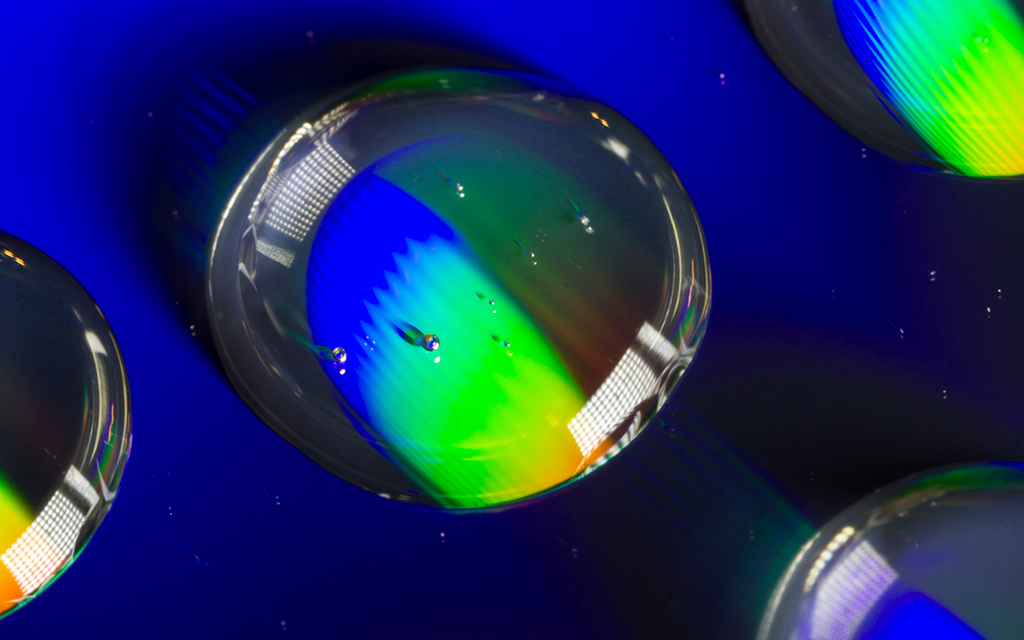Photocatalysis is poised as one of the key tools in pushing wastewater recovery and drinking water safety forward in Europe. Recent studies show tangible progress: visible-light photocatalysts, efficient removal of pharmaceuticals, genes, interactions of nanoplastics with metals. However, challenges remain: catalyst stability, cost, scaling, and the verification of performance in complex real water

Water pollution is one of the most pressing challenges of our time. Driven by industrial growth and population expansion, contaminants like bacteria, heavy metals, organic compounds, and microplastics threaten both ecosystems and public health. In the case of microplastics (and nanoplastics) it takes a dramatic turn; for instance, most microplastics in drinking water in European studies are smaller than 20 µm, i.e. many evade traditional detection limits, raising concerns for human exposure (Euronews, 2025).
Among emerging purification technologies for wastewater, photocatalysis—the use of light to activate materials that degrade pollutants— has shown exceptional promise. Photocatalysis involves a catalyst, usually a semiconductor material like TiO₂, ZnO or doped composites, that, generates reactive oxygen species (ROS: radicals, superoxide, hydroxyl radicals) upon UV or visible light exposure. Once formed, those radical species can destroy or deactivate bacteria (pathogens) by damaging cell walls and membranes, degrade organic compounds including pharmaceuticals, reduce or immobilize toxic metal ions via redox reactions or adsorption.
Despite its relative limited applications if compared with other industrially mature methods, photocatalysis is currently attracting attention of researchers in many areas related to degradation and removal of undesired compounds. For example, it has been reported that modern photocatalytic bioreactors apply ROS mechanisms to inactivate microbes more safely than some conventional disinfectants (Springuer Nature, 2025). Regarding the catalysts used, TiO₂ is a relevant option for its photoactivity and radical generation upon UV light. In example, it has been reported that TiO₂ nanotubes under UV light can degrade antibiotic resistance genes in sludge, and block their transfer, which is important because even after bacterial death, genes can spread (Frontiers, 2025).
On the other hand, advances in material science have yielded efficiently operative visible-light-responsive catalysts. In order to have these capabilities, the catalysts are usually decorated or dopped with particles and metal-based nanomaterials that act as antennas while reducing the energy (band gap) required for the photoactivation of the catalyst, allowing photoinduced processes to happen at lower wavelengths (RSC Advances, 2025). This tunning of photocatalysts has a simple and clear explanation: attempt to activate and enhance photo-driven processes using solar light improving sustainability. Yet, large-scale implementation remains challenging due to catalyst stability and energy optimization.
NIAGARA is directly related with these advances. During the project, holistic solutions for drinking water treatment plants, targeting both chemical and biological pollutants are being developed. The idea is to deploy a tandem remediation approach: Immobilized Enzymatic Degradation Systems (IEDS) plus a UV/TiO₂ photoreactor, for disinfection and removal of those targets, aiming for reduction of Total Organic Carbon (TOC) > 70%, and removal below detection limits.
In summary, Photocatalysis stands as a clean, sustainable method to recover wastewater and protect water resources. By merging scientific innovation with real remediation efforts and modelling for safe water, Europe is advancing towards safer, circular water systems for the future.
References:
- Euronews (2025). Scientists find most microplastics in drinking water are smaller than European detection limits. – Lauren Chadwick.
- Springuer Nature (2025). Photocatalytic bioreactors in water treatment: mechanisms, challenges and innovations in microbial inactivation. – Naghmeh Khodabandeh, Helena Alandari, Hamid Rashedi, Fatemeh Yazdian, Mehrab Pourmadadi, Abbas Rahdar and Luiz Fernando Romanholo Ferreira.
- Frontiers (2025). Mechanism of TiO₂ nanotube UV-photocatalaytic degradation of antibiotic resistance genes in the wastewater sludge and blocking of the transfer. – Hang Yu, Xu Zhang, Jingyi Zhao, Tiantian Sun and Yimin Zhu.
- RSC Advances (2025).Solar driven photocatalytic removal of cefuroxime from water: process optimization via machine learning and nature inspired algorithms. Sara Zeghbib, Noureddine Nasrallah, Haroun Hafsa, Mohammed Kebir, Hichem Tahraoui, Sabrina Lekmine, Walid Zeghbib, Abdeltif Amrane, Fekri Abdulrageb, ahmed Ali, Farid Fadhillah and Amine Aymen Assadi.